
I Photographed Evidence Of Maternal Instincts In Insects
Halfway through September of 2017, I was photographing insects and spiders at my local arboretum when I stumbled upon a colony of oak treehoppers. Oak treehoppers were on my bucket list of insects I was dying to find and photograph, so I was THRILLED to have found a colony of nymphs (immature insects)! As I photographed the small bugs, I noticed a single adult a few inches away on the same twig. I later learned this was mama treehopper watching over her young. As I photographed the colony over the next four weeks, I observed remarkable motherly care between “mama” oak treehopper and her offspring. This is their story shown in cool photos.
More info: Facebook
Oak treehopper nymphs
In this colony of oak treehoppers, there were several dozen nymphs and a single adult (mama treehopper). Oak treehopper nymphs are red, black, and white with small “spikes” on their backs (most likely for defense from predators like wasps).
Oak treehopper nymphs lined up along a single twig
During the four weeks, I spent photographing this colony of oak treehoppers, the insects never moved far from their twig. The nymphs would sometimes crawl onto nearby oak leaves, but they always came back to their colony.
Mama treehopper poses for a portrait
Mama treehopper never moved far from her young. I usually spotted her sitting solitary just a few inches away.
Mama treehopper
This adult mama treehopper displays a horn. Some treehoppers are completely hornless, and others have very small horns that look more like bumps on their heads.
Mama treehopper gets protective
Mama treehopper was never more than a few inches away from her colony of oak treehopper nymphs. She would sit quietly on the same twig as her offspring. Each time I began taking my nature photography shots, she would quickly move towards her offspring, checking to ensure their safety. When I got too close, the mama treehopper would “snap” her rear legs together, which made a clicking noise (and provided a nice little stinging feeling on my finger).
Mama and newly emerged adult offspring
I was expecting the newly emerged adult offspring to look like their mama. Much to my surprise, the newly emerged adults were striped! And they were BEAUTIFUL.
Research from the 1920s (Dozier) suggests there are four forms of oak treehoppers – mottled and striped with a horned and hornless form in each color form. My modern insect field guide, however, suggested that at the beginning of their life cycle, the adult offspring are striped and darken over two weeks as their wings harden.
This is, without a doubt, my favorite photo of this series.
(Apologies to the nice families who were enjoying a picnic in the arboretum as I was obsessively and giddily photographing these newly emerged adults…)
Newly emerged oak treehopper adults
The newly emerged adult oak treehoppers were all hornless. Some had small bumps, but none had an impressive horn like their mama.
Newly emerged striped adult treehopper
While the newly emerged adult treehoppers were all brightly striped, I was excited to observe and photograph the colony as the new adults began to darken in color.
Newly emerged adult treehopper with curled wings
This is where the story gets interesting. When I first photographed this newly emerged adult treehopper with curled wings (left), I assumed the adult has freshly emerged, and its wings hadn’t fully formed. Over the next week or so, however, I noticed the wings of this newly emerged adult treehopper never properly formed.
Adult treehopper with curled wings
Because this treehopper’s wings never fully formed, it was flightless, unlike its siblings. This provided a good opportunity for me to photograph and compare this single adult as its color darkened over time.
Oak treehopper colony with protective mama
This is a wide-angle macro shot showing the entire oak treehopper colony. Notice how mama treehopper watches over her young.
Mama treehopper stays with her flightless offspring
I visited the arboretum every 2-3 days to observe and photograph the oak treehoppers. Much to my disappointment, when I visited the colony for the last time on October 11, every last newly emerged adult was gone – except for the one flightless adult with deformed wings. I expected the mama treehopper to have migrated elsewhere as well, but she was a few inches away, still watching over her last remaining offspring. This last remaining offspring proved that the newly emerged oak treehoppers do, in fact, darken over time to more closely resemble their mama. It also proves that (some) insects display fierce protective maternal instinct for their young.
2Kviews
Share on FacebookExplore more of these tags
This is really, just...stunning! Great story-telling with superb pictures. I have never had any interesting in insects before. And I had no idea that any insect cared for their young at all. This is definitely in one of my top 5 favorite BoredPanda posts ever. I wish I could like this 100 times.
Your comment means so much to me. Thank you for taking the time to read my story and reach out!
Load More Replies...These pictures are great. I don't remember ever seeing those, but they look like ornate cicadas. Beautiful insects. Do their mating calls sound similar to the ones that cicadas make?
Oak treehoppers have a mating call, but it's nearly undetectable to humans. These insects are much smaller than cicadas, but they do look very similar - both are true bugs!
Load More Replies...This is really, just...stunning! Great story-telling with superb pictures. I have never had any interesting in insects before. And I had no idea that any insect cared for their young at all. This is definitely in one of my top 5 favorite BoredPanda posts ever. I wish I could like this 100 times.
Your comment means so much to me. Thank you for taking the time to read my story and reach out!
Load More Replies...These pictures are great. I don't remember ever seeing those, but they look like ornate cicadas. Beautiful insects. Do their mating calls sound similar to the ones that cicadas make?
Oak treehoppers have a mating call, but it's nearly undetectable to humans. These insects are much smaller than cicadas, but they do look very similar - both are true bugs!
Load More Replies...
 Dark Mode
Dark Mode 

 No fees, cancel anytime
No fees, cancel anytime 



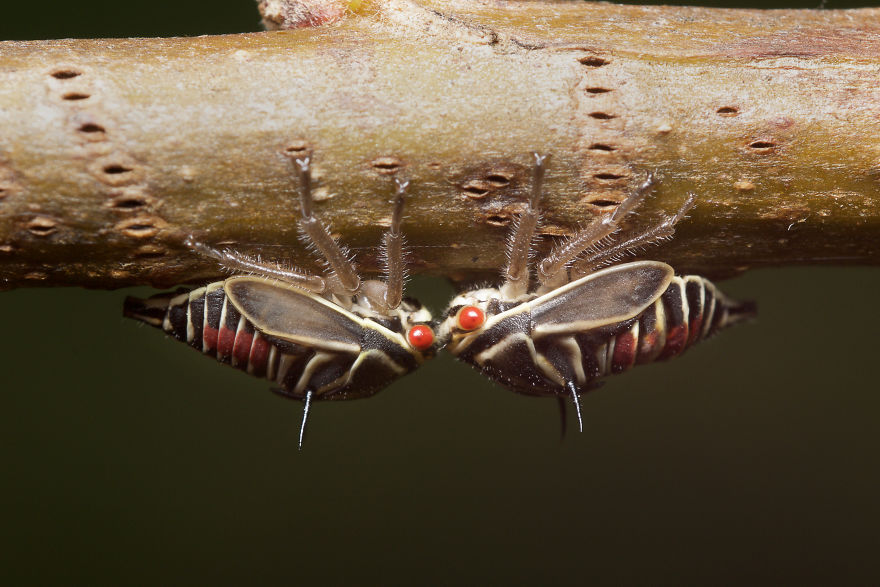
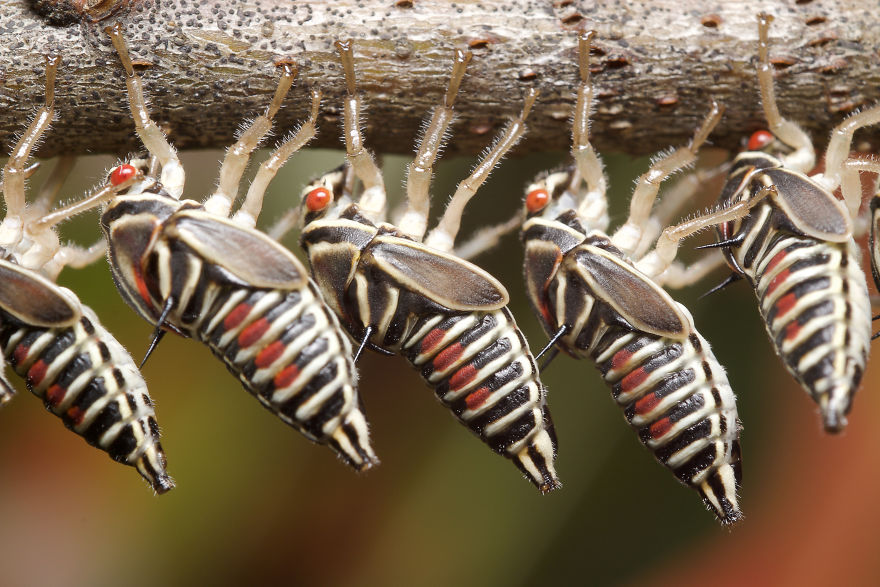
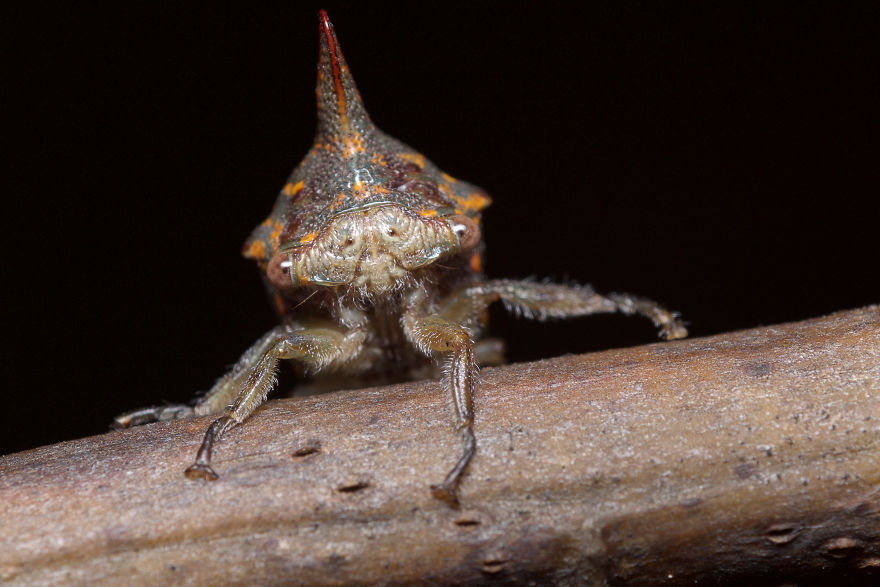
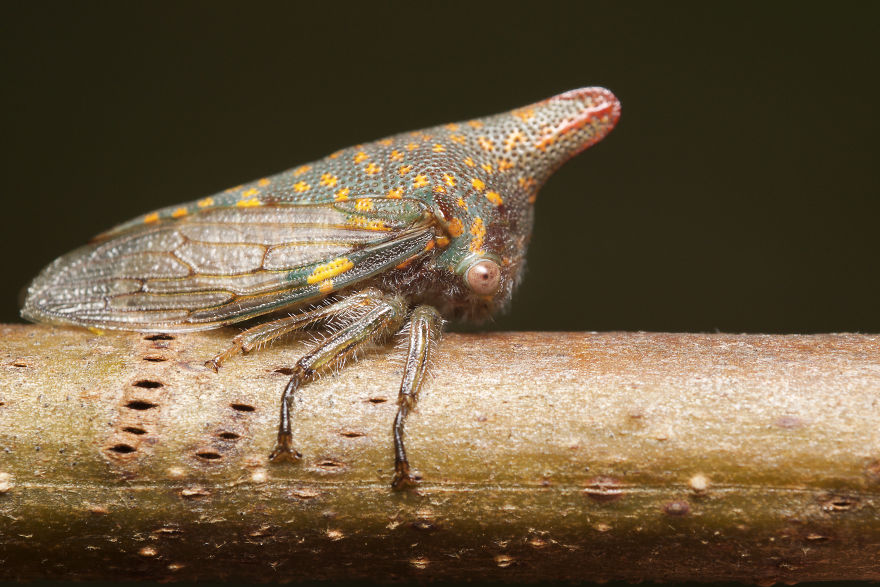
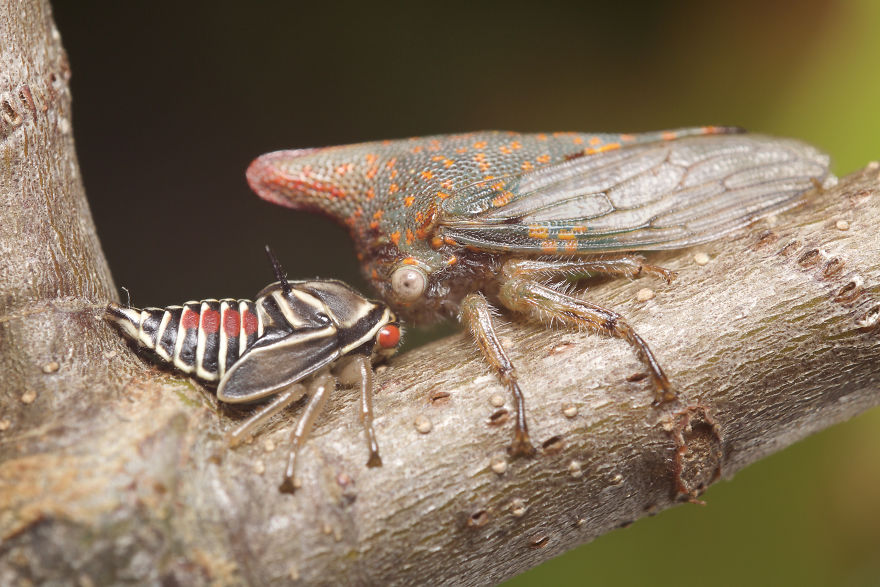
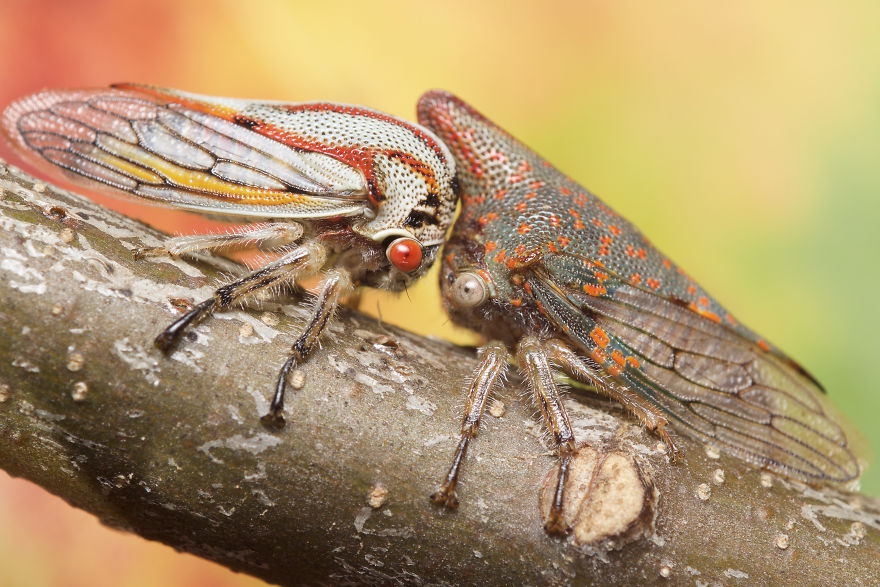
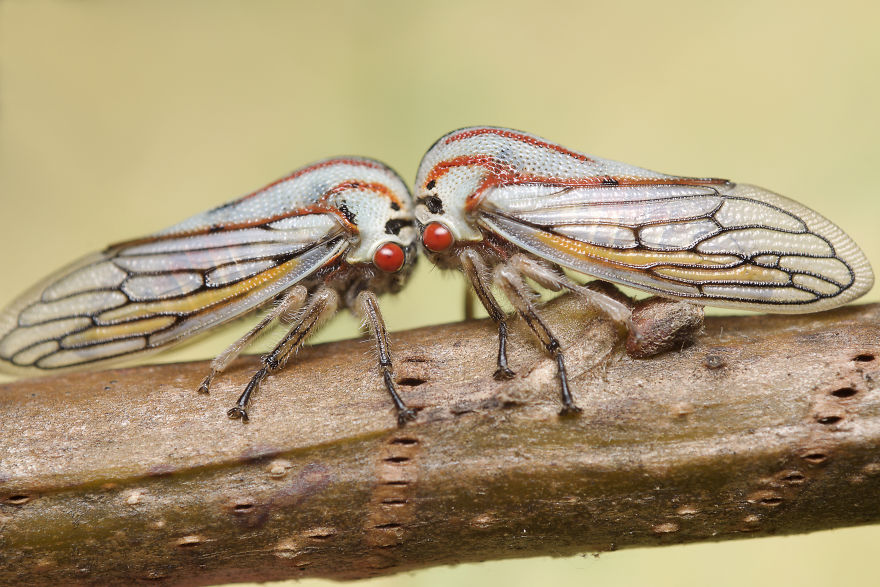
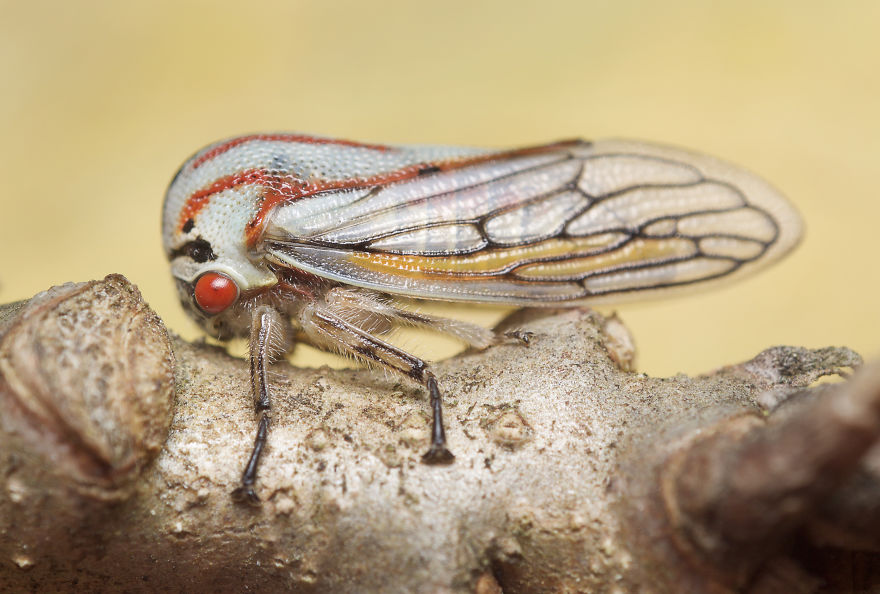
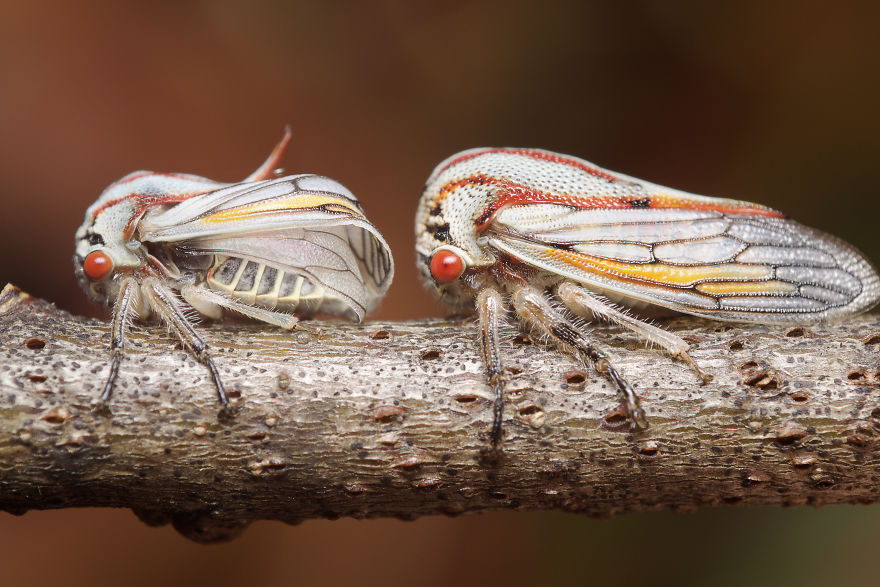
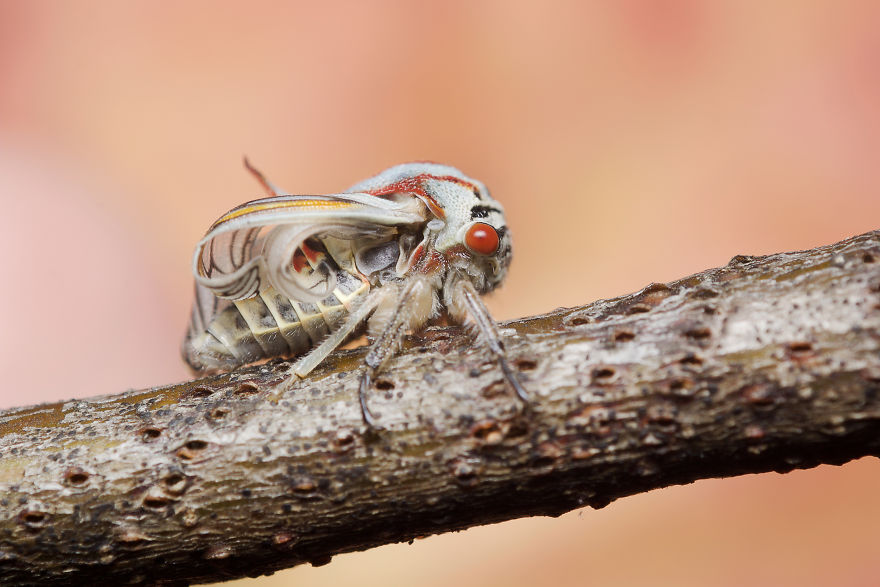
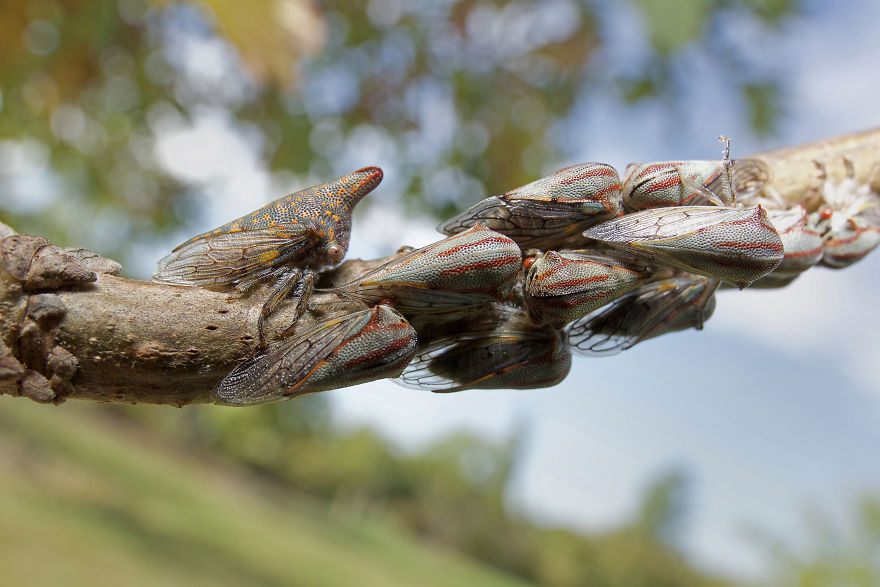
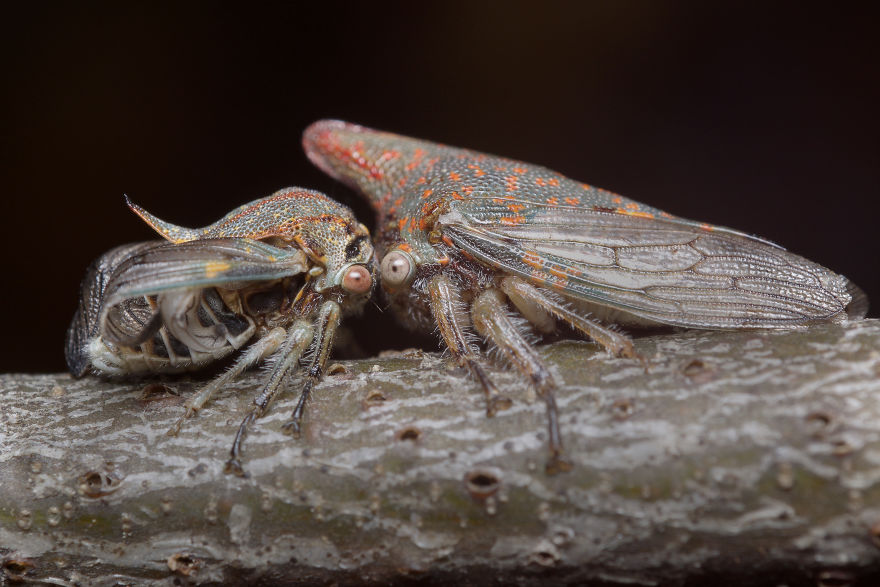









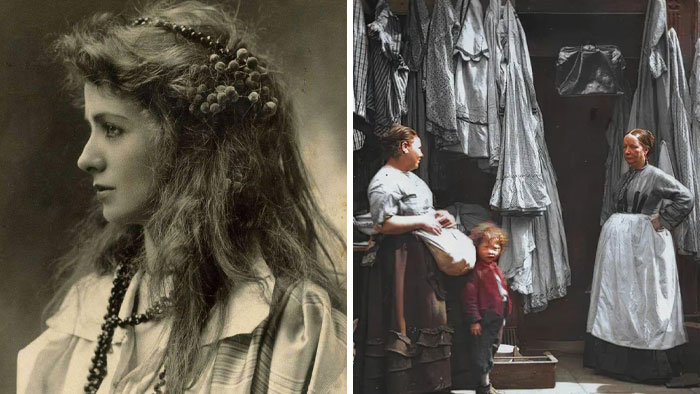

































39
8